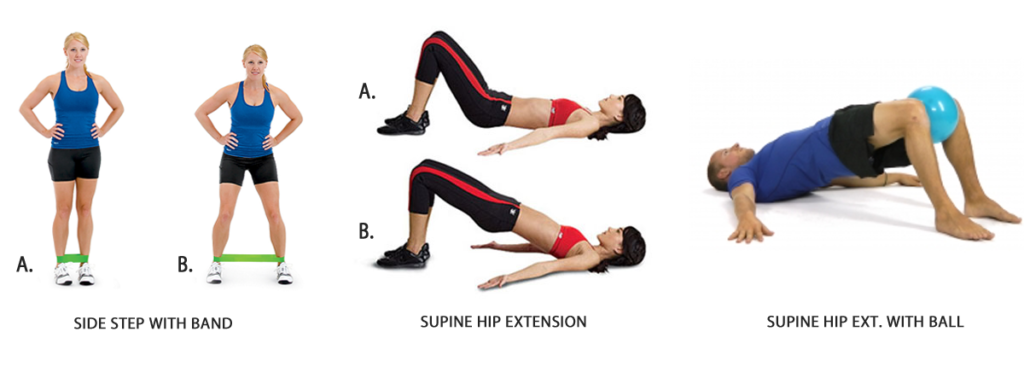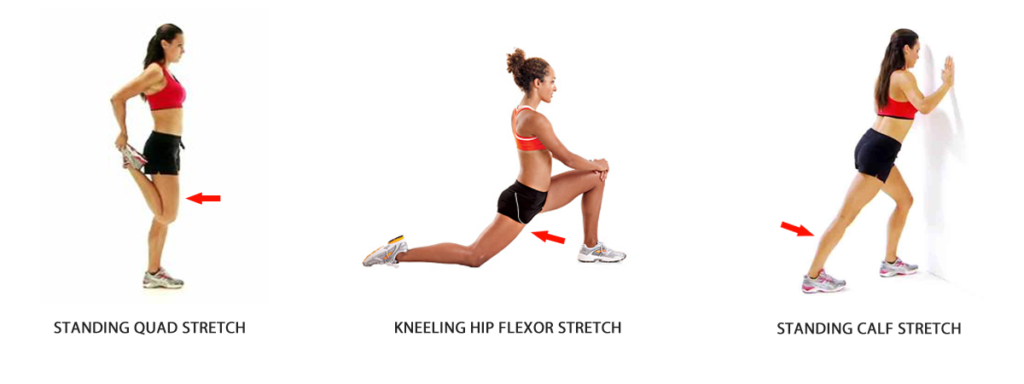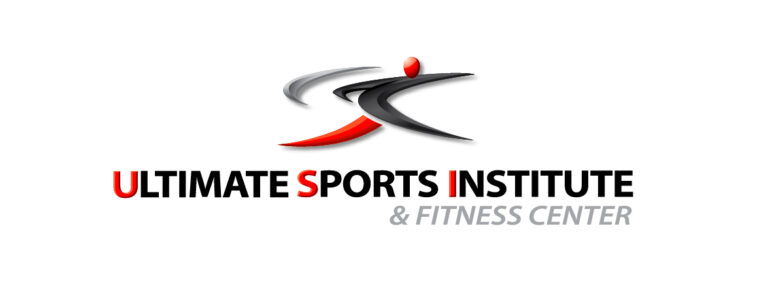by Brandon Ward M.S. Biomechanics, Director of Post-Therapy Training
ACL injuries are the most common sports-related knee injury. They are caused when the knee is hyper-extended beyond the normal fully straightened rang. Most ACL injuries typically occur when an athlete pivots or turns his knee while his foot remains firmly planted on the ground or suffers an awkward landing. Symptoms include a popping sound at the time of injury, severe pain and swelling in the knee.
How to Prevent ACL injuries
1. Strengthen major muscles like the hamstrings and the glutes. Exercises such as resistance band walks, hip bridging, hamstring curls, step ups, and reverse lunges are a few examples that can help strengthen these areas. The stronger these major muscle groups are the more they can help counteract muscle imbalances and protect and aid the ACL.
 2. Increase the range of motion (ROM) to combat the potential for injury. When hip flexors and quadriceps are tight the opposing muscle groups such as the hamstrings and glues become overstretched and often week which leads to less support for the ACL. Athletes must stretch and foam roll all major muscle groups (quad, hip flexor and calves) multiple times daily, especially immediately before and after activity (practice, workouts, games).
2. Increase the range of motion (ROM) to combat the potential for injury. When hip flexors and quadriceps are tight the opposing muscle groups such as the hamstrings and glues become overstretched and often week which leads to less support for the ACL. Athletes must stretch and foam roll all major muscle groups (quad, hip flexor and calves) multiple times daily, especially immediately before and after activity (practice, workouts, games).

3. Identify and address low arches or flat feet to help prevent injury. Improper arch support can lead to overpronation at the ankle during walking and running. This overpronation translates to a rotation of the lower leg and knee that unfortunately adds increased stress to the knee and ACL. Proper footwear and inserts along with specific exercises can help address low arches and flat feet.

4. Proper Footwear is an important factor in not only the prevention of injury, but also increased sports performance. Poor footwear and lack of arch and ankle support can lead to overpronation (caving in) at the ankle joint, increased stress on the calf and heel, increased stress and torsion at the knee, all of which can lead to a injury. It is important to have a sturdy supportive shoe as it is the one aspect of your body that is in constant contact with the ground.
The team at The Ultimate Sports Institute in Weston conducts a complete biomechanical assessment and consults with your doctor to develop the best plan to get you back in the game, and to keep you in the game.


